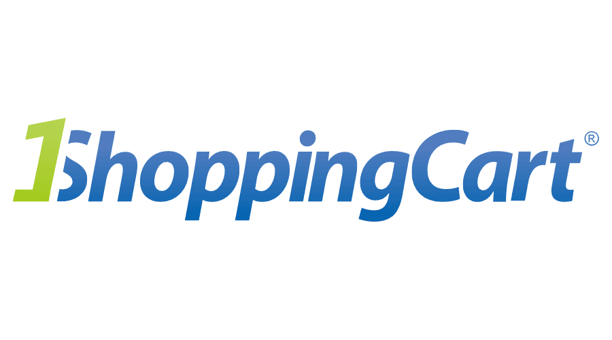
Increase your website’s conversion rate by writing compelling web copy that tells your brand’s story. Ensure you’re communicating the right message by testing what resonates with your audience. If they enjoy it, they’ll connect with your brand, and if they connect with your brand, they’re more likely to convert.
What is a brand story?
Telling your brand’s story goes much further than simply ‘publishing content’. Think of it as your brand’s tone of voice, a way of speaking to your audience to encourage an emotional response in order to forge a relationship with them.
As we know, the best relationships are built on honesty, and so your brand’s story must be a true representation of how you fit into people’s lives. A brand story is no fairy tale! It should echo through your website, marketing material, your entire organisation.
How to write a brand story
Writing a brand’s story from scratch can be a pretty daunting task if you’re not a copywriter — it can be pretty daunting even if you are a copywriter — where to start? Well, there are copywriters that specialise in creating brand stories, but there’s a strong case for keeping it in-house. After all, who knows a brand better than the people that work there?
Whether you choose to write your own copy, or enlist the help of a professional, the first step in creating your brand story is to establish a common vocabulary through your organisation. This is simply a list of approved terminology sums up your brand’s values to standardise any and all communication with your audience.
Creating your brand’s common vocabulary
First off, make a list of words associated with your brand. You can get your staff involved, ask your customers for feedback, or consider getting a focus group together. Take a look at how other companies in your industry are talking about your product or service too. Gather your findings, pick them apart and choose the most appropriate language, ditching any words or phrases you decide aren’t relevant, to build a foundation for your brand story.
Writing your brand story
Remember to focus on truth and sincerity, not promotion and sales patter. Being transparent doesn’t mean you can’t be creative, but rather than talking about what your brand does, focus on what your brand does for its customers. Showing you have a personality will make your brand seem more interesting and humour and drama both have their place — a well-timed teaser will help engage your audience.
Testing your website copy
There’s no such thing as the perfect website, and so even after all the time and energy you’ve put into developing your brand story, you won’t be looking at a 100% conversion rate! It’s very, very unlikely that all of your site’s visitors will convert, but testing your copy is a great way to perfect your marketing message. The first step is defining the purpose of each piece of content:
The wording in your adverts is designed to drive traffic to your website.
- If your adverts aren’t driving traffic, your ad copy needs to be more persuasive.
- Headlines are designed to keep that traffic on your website, specifically that page.
- If the bounce rate for that page is high (that is, people visit the page but exit your site before visiting any other page), your headline needs work.
- Following the headline is the intro copy, which claims and outlines the purpose of the page.
If the leads you’re getting through your site aren’t qualified, the intro copy isn’t speaking to your audience. - Calls To Action are clear instructions inviting visitors to take action when on a page, like ‘Buy Now’.
If visitors aren’t converting, your CTA may not be compelling, or clear enough.
Copywriting is an art
Writing good copy is an art form — and so requires a certain level of creativity — but science is involved too, especially when it comes to testing your copy.
Take the time to create a standardised way of communicating with your audience, and then test those communications to discover what really works. If you sell a quality product, or offer a quality service, that in itself may well be all it take to encourage a customer to return and re-purchase, but a positive experience when dealing with your brand will help you connect with customers on a human level. An emotional connection builds brand loyalty and lifelong customers.
This article was written by Libby Bearman at Browser Media






